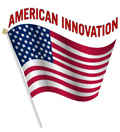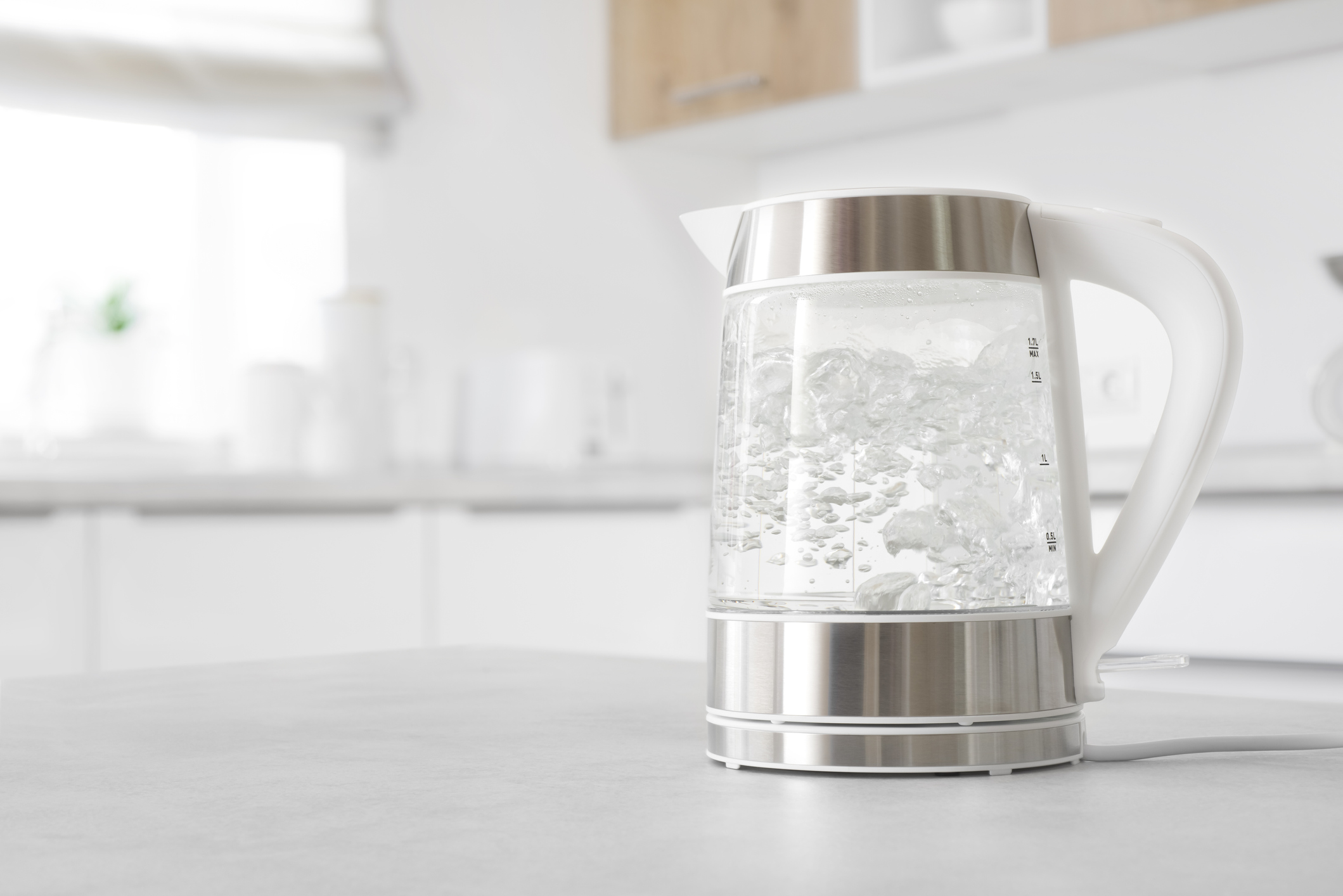Making things that last longer is super important for happy customers. How we build stuff really matters, especially in keeping appliances working for a long time. Custom plastic injection molding stands at the forefront of this evolution, offering unparalleled advantages in appliance manufacturing. This article addresses the advancements in insert molding, an innovation that enhances durability and efficiency in the production of appliances.
Understanding Custom Plastic Injection Molding
Custom plastic injection molding is a dynamic manufacturing process that involves injecting molten plastic into a mold cavity to create complex shapes. Widely embraced in the manufacturing industry, this technique enables the mass production of appliances with precision and cost-effectiveness. The ability to replicate complex designs and create consistent products has made custom plastic injection molding an industry standard.
Key benefits of using custom plastic injection molding for appliance production include rapid production cycles, high efficiency, and the capability to use a variety of materials. These factors contribute significantly to the overall quality and performance of appliances.
The Role of Appliance Plastic Molding
In the appliance industry, the choice of materials and molding techniques directly influences the durability and performance of products. Appliance plastic molding plays a crucial role in shaping the structural integrity and aesthetics of various appliances. Manufacturers carefully select materials and molding methods to meet specific performance requirements, ensuring that the end product withstands the rigors of everyday use.
Continuous advancements in molding technologies are essential to keep pace with the ever-evolving demands of the market. Innovations in materials and techniques contribute to the development of more durable and efficient appliances.
Insert Molding: A Game-Changer
Insert molding stands as a revolutionary technique in appliance manufacturing, fundamentally altering the landscape of production. Its significance lies in the seamless integration of pre-formed components or inserts directly within the mold during the injection molding process. This innovative approach enhances the durability of appliances while simultaneously streamlining the assembly process.
Insert molding emerges as a game-changer in the realm of appliance manufacturing. In traditional molding, components are often manufactured separately and then assembled into the final product. However, insert molding eliminates the need for additional assembly steps, providing a more efficient and cohesive manufacturing solution. The process involves placing inserts, such as metal or plastic components, into the mold cavity before injecting molten plastic. As the plastic solidifies, it bonds with the inserts, creating a robust and integrated final product.
The process not only improves durability but also leads to cost savings in assembly and production. By combining multiple materials in a single mold, manufacturers can create complex and robust appliance components with greater efficiency.
Advancements in Insert Molding Technology
Recent technological advancements in insert molding have focused on precision, speed, and efficiency. State-of-the-art machinery and cutting-edge technologies enable manufacturers to achieve tighter tolerances, faster production cycles, and enhanced overall product quality. Examples of these advancements include robotic automation, 3D printing of inserts, and real-time monitoring systems. These technologies contribute to improved insert molding outcomes, ensuring that appliances meet or exceed industry standards for durability and performance.
- Precision Machining and Tighter Tolerances:
Recent advancements in insert molding technology have ushered in an era of precision machining, allowing manufacturers to achieve tighter tolerances. This ensures the creation of intricate and complex appliance components with unparalleled accuracy.
- Robotic Automation Integration:
Cutting-edge insert molding technologies have seamlessly integrated robotic automation into the production process. Robots assist in precise insert placement, reducing human error and increasing overall efficiency. This not only accelerates production cycles but also enhances consistency.
- 3D Printing of Inserts:
The advent of 3D printing has revolutionized insert molding by enabling the creation of intricate and customized inserts. This technology facilitates the production of highly complex shapes and designs, providing greater flexibility and adaptability to specific appliance requirements.
- Real-Time Monitoring Systems:
Insert molding now incorporates real-time monitoring systems that track various parameters during the molding process. This ensures quality control and allows for immediate adjustments, guaranteeing that each appliance component meets the desired standards.
- Advanced Mold Design Software:
Innovations in mold design software have empowered manufacturers to overcome the challenges associated with insert molding. These tools enable the creation of sophisticated mold designs, optimizing the integration of inserts and enhancing the overall efficiency of the molding process.
- Multi-Material Molding:
Advancements in technology now allow for multi-material molding within a single mold. This capability enables the creation of composite structures, combining different materials to achieve superior strength, durability, and functionality in appliance components.
- Reduced Cycle Times:
Improved machinery and optimized processes have significantly reduced cycle times in insert molding. The faster production cycles contribute to increased output and decreased manufacturing costs, making insert molding a more economically viable option for appliance manufacturers.
Industry Applications
Beyond the context of appliances, insert molding has found success in various industries, including automotive, electronics, and medical devices. Components and products within these sectors have witnessed improved durability and performance due to the benefits of insert molding technology.
In the automotive industry, for instance, insert molding is utilized to create robust and lightweight components, enhancing vehicle efficiency and safety. Electronics benefit from the process by achieving intricate designs and improved connectivity, while medical devices utilize insert molding to create sterile and durable components.
Challenges and Overcoming Obstacles in Insert Molding
Despite its advantages, insert molding poses certain challenges. Issues such as mold design complexity, material compatibility, and consistent insert placement can impact the overall success of the process. Manufacturers have responded with innovative solutions, including advanced mold design software, precise automation, and rigorous quality control measures.
Real-world examples of companies successfully navigating these challenges highlight the resilience of the industry in overcoming obstacles. By leveraging technology and expertise, manufacturers can achieve superior insert molding results, ensuring the reliability of their products.
Environmental Sustainability in Insert Molding
The eco-friendly aspects of insert molding contribute to a greener manufacturing process. Material efficiency is optimized by using only the necessary amount of plastic, reducing waste. Additionally, companies implementing sustainable practices in insert molding contribute to a positive environmental impact.
The adoption of environmentally conscious insert molding not only benefits the industry but also aligns with consumer expectations for sustainable and responsible manufacturing. As more companies prioritize eco-friendly practices, the positive impact on both the environment and consumer perception becomes increasingly significant.
Conclusion:
In conclusion, the adaptability and versatility of insert molding technologies make it a transformative force in the manufacturing landscape. As we continue to explore and implement insert molding in various sectors, from appliances to automotive and beyond, the potential for enhanced efficiency and sustainability becomes clear. Custom plastic injection molding, with its inherent benefits, remains a cornerstone in this journey, revolutionizing the durability and performance of products across industries. Embracing these advancements ensures a future where appliances and products not only meet but exceed consumer expectations for longevity and reliability.



